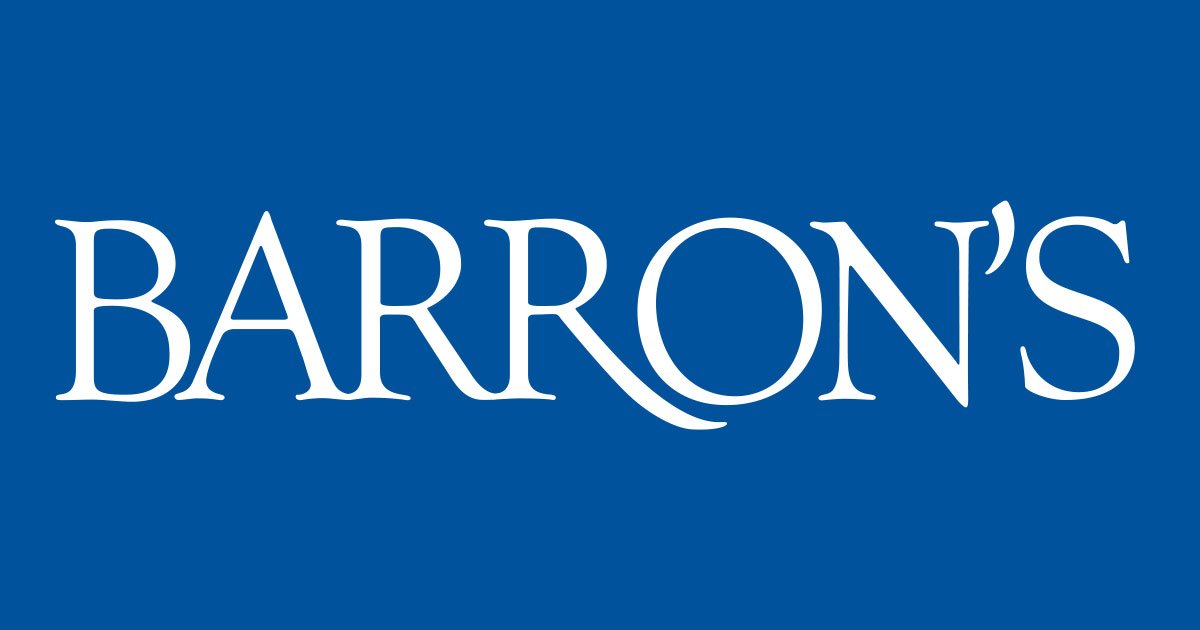
Once you have a clear picture about your financial situation, you are ready to begin making a plan. This will help you identify your monthly expenses and set savings goals. It also allows you to pinpoint areas where you can cut back. The following tips will assist you in getting started with your plan. Document every transaction that occurs in your checking account. This will help you get a look back at your spending habits. This information will allow you to determine where you should make budget adjustments.
Resources to help you create a financial plan
Many elements make up your financial plan. It should include your retirement strategy as well as your risk management and long-term investing plans. It should include your current income, expenses, and any debts. By determining which debts are the most important to pay off first, you can develop a financial plan that will suit your immediate, medium-term, and long-term goals. These resources will help you to create a financial plan that meets your current needs.
A business's financial plan should include a profit and loss statement. The P&L, also known as the profit and loss statement or P&L, is used to show how profitable a business and how much it makes. This information can help you make strategic decisions about your business. These guidelines will guide you in your quest to get started.

Assets and liabilities in a financial program
What is the difference between assets or liabilities in a financial planning plan? Liabilities is money you owe businesses or other people. These include loans, bills, and deferred taxes. There are two types of liabilities: current and long term. Current liabilities are payments you need to make right now, such as short-term loans, while long-term liabilities are those you must make years in the future.
What is the difference between current assets and non-current assets. You will categorize assets and liabilities according their current value in a financial plan. Your current assets can include cash, stocks or investments. Non-current assets include equipment, vehicles, buildings, and goodwill. No matter if you borrow money for business, credit card debt or a mortgage on property, your liabilities are the future loans you have to repay.
Financial plans should have goals
Setting goals is the first step in creating a financial plan. You should determine a timeframe for each goal. To illustrate, if your goal is to retire at age 65 you should plan how much you will spend on retirement. Then, you should structure your plan around this. Goal setting helps you stay motivated. A good financial plan must include retirement as one of its goals. This article will address some of the more common goals.
Saving money is the best long-term goal. This means setting aside 10% to 15% of your paycheck in tax-advantaged retirement accounts. Roth IRAs as well traditional IRAs are examples of tax-advantaged pension accounts. To ensure that you retire in a few decades, it is important to have money in these accounts. In an ideal world you would save more money that you spend. Therefore, set realistic short and long-term goals.

Costs associated with creating a financial planning plan
A comprehensive financial plan can cost you a lot of money. The depth of your plan will determine the amount you pay. For example, a comprehensive plan costs $2,250, while a modular plan costs $850. The fees will go up if your advisor works on your plan for longer periods of time. Advisors spend an average of 11.9 hours designing a plan for one client. However, the plan is finalized with a fee.
An advisor who does not offer insurance products or services will typically charge $220 an hour. Advisors who offer investment services or insurance will typically charge more than those who plan. This fee is not a reflection of advisors' credentials but their perceived value. Hourly, financial planners are paid between 1% and 2 percent of clients' assets. The difference in hourly fees and project-based fees is minimal.
FAQ
How can I get started with Wealth Management
The first step in Wealth Management is to decide which type of service you would like. There are many types of Wealth Management services out there, but most people fall into one of three categories:
-
Investment Advisory Services- These professionals will help determine how much money and where to invest it. They advise on asset allocation, portfolio construction, and other investment strategies.
-
Financial Planning Services – This professional will help you create a financial plan that takes into account your personal goals, objectives, as well as your personal situation. Based on their expertise and experience, they may recommend investments.
-
Estate Planning Services: An experienced lawyer will advise you on the best way to protect your loved ones and yourself from any potential problems that may arise after you die.
-
Ensure that a professional is registered with FINRA before hiring them. You can find another person who is more comfortable working with them if they aren't.
What is wealth administration?
Wealth Management involves the practice of managing money on behalf of individuals, families, or businesses. It includes all aspects of financial planning, including investing, insurance, tax, estate planning, retirement planning and protection, liquidity, and risk management.
What are the Benefits of a Financial Planner?
A financial plan is a way to know what your next steps are. You won't have to guess what's coming next.
It gives you peace of mind knowing that you have a plan in place to deal with unforeseen circumstances.
A financial plan can help you better manage your debt. Once you have a clear understanding of your debts you will know how much and what amount you can afford.
A financial plan can also protect your assets against being taken.
What is Estate Planning?
Estate Planning is the process that prepares for your death by creating an estate planning which includes documents such trusts, powers, wills, health care directives and more. These documents serve to ensure that you retain control of your assets after you pass away.
How old should I start wealth management?
Wealth Management can be best started when you're young enough not to feel overwhelmed by reality but still able to reap the benefits.
The sooner that you start investing, you'll be able to make more money over the course your entire life.
If you are planning to have children, it is worth starting as early as possible.
Savings can be a burden if you wait until later in your life.
Statistics
- Newer, fully-automated Roboadvisor platforms intended as wealth management tools for ordinary individuals often charge far less than 1% per year of AUM and come with low minimum account balances to get started. (investopedia.com)
- As of 2020, it is estimated that the wealth management industry had an AUM of upwards of $112 trillion globally. (investopedia.com)
- These rates generally reside somewhere around 1% of AUM annually, though rates usually drop as you invest more with the firm. (yahoo.com)
- According to a 2017 study, the average rate of return for real estate over a roughly 150-year period was around eight percent. (fortunebuilders.com)
External Links
How To
How to invest when you are retired
People retire with enough money to live comfortably and not work when they are done. However, how can they invest it? You can put it in savings accounts but there are other options. One option is to sell your house and then use the profits to purchase shares of companies that you believe will increase in price. You can also get life insurance that you can leave to your grandchildren and children.
You can make your retirement money last longer by investing in property. As property prices rise over time, it is possible to get a good return if you buy a house now. If inflation is a concern, you might consider purchasing gold coins. They do not lose value like other assets so are less likely to drop in value during times of economic uncertainty.